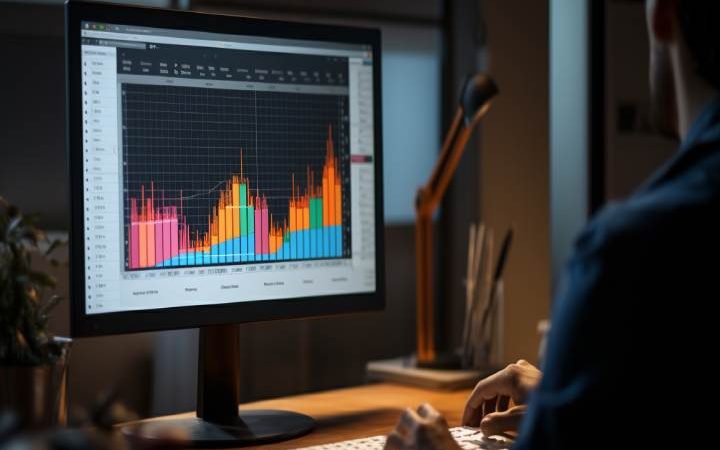The Types of Manometers You Should Know About For Your Business

Definitely don’t try to say it after half a dozen pints of homebrew – manometers. But what are they exactly?
Well, as it turns out, homebrew aficionados are some of the very best people to ask, because a crucial part of the process of making beer is managing and measuring pressure with reliability and precision. And that’s precisely what manometers do best.
(Pressure, remember, is a value representing how much force is being exerted within a particular area).
Of course, there are many manometer types, and while all measuring pressure they’re used for many different purposes in various different ways – and we’ll get to all of that later. But when considering a delicious amber brew made right at home, a manometer is what you’ll need to keep a keen eye out as you control with great precision those crucial liquid and gas pressures.
Cheers!
If you’re not making beer, but are instead at the doctor for your annual check-up, they’ll use a type of manometer – a sphygmomanometer – to check your blood pressure. A bike tire pump is yet another example, but manometers are basically what we call any device at all that measures pressure.
In fact, it’s easy to whip up a crude manometer in a lab with fairly standard equipment. All you really need is a U-shaped tube filled with liquid – and that’s what we call an analog manometer.
Analogue
Analogue or U-Tube manometers work with fluid in a U-shape tube, and when both ends of the ‘legs’ are at atmospheric pressure, the fluid levels are the same in both legs. But as the pressure rises in one leg, the liquid level will go down in that leg and up in the other, and the difference between the two represents the pressure.
Then there is the cistern or well-type manometer, which still uses the U-Tube concept but with one much larger leg of the ‘U’, allowing for a more accurate pressure reading. And as the name implies, an inclined manometer’s tube is not vertical but is instead tilted, which results in an elongation of the measuring scale and therefore the taking of highly accurate low-pressure readings when required. A mercury barometer, designed to measure atmospheric pressure, uses a fully sealed leg to create a vacuum, and this is an example of an absolute manometer. And when you flip the ‘U’ into an ‘n’ (an inverted manometer), this results in the ability to measure the difference between two points of pressure.
Digital
Predictably, digital manometers do not use liquid, but rather pressure transducers to represent the pressure electronically. Briefly, an elastic part of the calibrated transducer bends under pressure and the magnitude of the deflection is turned into a digital reading.
As is the case when anything analogue evolves into its digital offspring, they are typically smaller, lighter, and easier to read than their analogue counterparts, but the really crucial difference is the way they can be interfaced with computers – resulting in an almost infinite flexibility of applications.
The final word about manometers
In the real world, manometers are everywhere: whether you’re heating or cooling your house, constructing a bridge, installing a swimming pool, visiting a physio or predicting the weather. Starting with an ingeniously simple concept, it’s just another way physics makes our lives easier and better every single day. Enjoy that homebrew!






